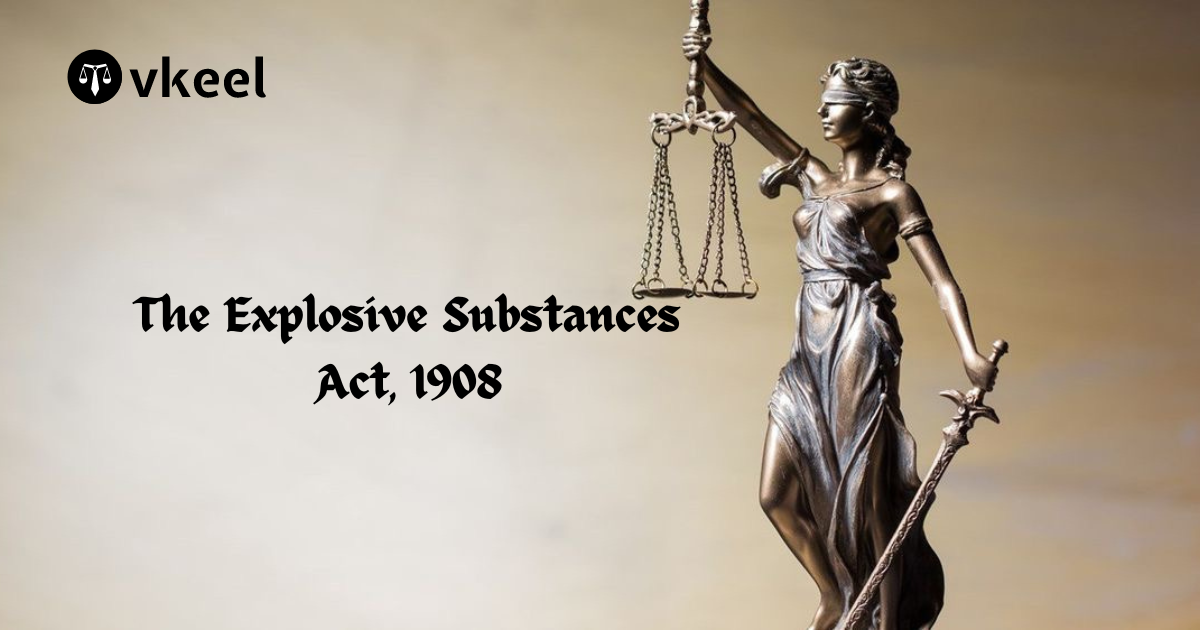Medical Negligence in the Indian Legal System: An In-depth Analysis
By Himanshu Kumar
Table of Contents
Introduction
Medical negligence has become a critical issue within the Indian legal system, reflecting broader concerns about healthcare quality and accountability.
Medical negligence in India is primarily attributed to systemic inefficiencies, inadequate infrastructure, and a lack of accountability within the healthcare system. Many healthcare facilities, especially in rural areas, suffer from understaffing, outdated equipment, and insufficient resources, leading to substandard patient care. The absence of a robust regulatory framework exacerbates the problem, as it allows for unqualified practitioners and quack doctors to operate freely. Additionally, overworked and underpaid medical professionals often face burnout, which can result in mistakes and oversights. This lack of proper oversight and regulation creates an environment where negligence can occur without significant repercussions, further undermining patient trust in the healthcare system.
Moreover, the legal system in India struggles with lengthy litigation processes and a lack of specialized courts to handle medical negligence cases efficiently. Victims of medical negligence often face significant barriers to justice, including high legal costs, prolonged court procedures, and limited awareness of their rights. The Consumer Protection Act and the Clinical Establishments (Registration and Regulation) Act are steps towards addressing these issues, but their implementation remains inconsistent. The judiciary’s limited understanding of medical complexities also hampers fair adjudication of cases. Consequently, the fear of legal consequences is not a strong deterrent for healthcare providers, perpetuating a cycle of negligence and inadequate patient care.
Understanding Medical Negligence
Medical negligence occurs when a healthcare professional deviates from the standard of care expected in the medical community, resulting in harm to the patient. In legal terms, negligence comprises four elements:
- Duty of Care: The healthcare provider owed a duty to the patient.
- Breach of Duty: The provider breached that duty by not adhering to the standard of care.
- Causation: The breach caused harm to the patient.
- Damages: The patient suffered actual harm or loss as a result.
Legal Framework Governing Medical Negligence in India
India’s legal framework for addressing medical negligence involves several statutes and judicial interpretations:
- Indian Penal Code (IPC), 1860: Sections 304A (causing death by negligence) and 337/338 (causing hurt/grievous hurt by an act endangering life or personal safety) are often invoked in criminal cases of medical negligence.
- Consumer Protection Act, 1986 (repealed and replaced by Consumer Protection Act, 2019): Patients can seek redress for medical negligence through consumer courts, treating medical services as ‘services’ under the Act.
- Civil Procedure Code, 1908: Allows for civil suits claiming compensation for negligence.
- Indian Medical Council Act, 1956: Governs the conduct of medical professionals, with the Medical Council of India (MCI) responsible for maintaining ethical standards.
Significant Case Laws
1. Bolam vs. Friern Hospital Management Committee (1957)
Although not an Indian case, the Bolam test from the UK has significantly influenced Indian jurisprudence. The case established that a medical professional is not guilty of negligence if he has acted in accordance with a practice accepted as proper by a responsible body of medical men skilled in that particular art.
2. Indian Medical Association vs. V.P. Shantha (1995)
This landmark case brought medical services under the purview of the Consumer Protection Act, 1986. The Supreme Court held that patients could file complaints against medical practitioners and hospitals in consumer courts for deficiency in service.
3. Dr. Suresh Gupta vs. Govt. of NCT of Delhi (2004)
In this case, the Supreme Court clarified that to prosecute a medical professional under Section 304A IPC, gross negligence or recklessness must be established. Simple lack of care or error of judgment does not constitute criminal negligence.
4. Jacob Mathew vs. State of Punjab (2005)
The Supreme Court laid down guidelines for prosecuting doctors for criminal negligence. The Court emphasized the need for a higher degree of negligence to hold a medical professional criminally liable, known as “gross negligence”.
5. Kusum Sharma & Ors. vs. Batra Hospital & Medical Research Centre & Ors. (2010)
In this case, the Supreme Court reiterated that medical professionals are liable only when their conduct falls below that of a reasonably competent practitioner. The judgment emphasized the importance of expert evidence in establishing medical negligence.
Amendments and Recent Developments
1. Consumer Protection Act, 2019
Replacing the 1986 Act, the Consumer Protection Act, 2019, introduced several changes impacting medical negligence cases:
- Establishment of Central Consumer Protection Authority (CCPA): To regulate matters relating to violation of consumer rights, unfair trade practices, and false or misleading advertisements.
- Mediation: The Act introduces mediation as an alternate dispute resolution mechanism.
- Enhanced Pecuniary Jurisdiction: District Commissions can entertain complaints where the value of goods or services paid as consideration does not exceed Rs. 1 crore, State Commissions up to Rs. 10 crores, and National Commission above Rs. 10 crores.
2. National Medical Commission Act, 2019
The National Medical Commission (NMC) Act, 2019, replaced the Indian Medical Council Act, 1956, and established the National Medical Commission to oversee medical education and practices in India. The Act aims to improve the quality of medical education and ensure adherence to ethical standards.
3. Clinical Establishments (Registration and Regulation) Act, 2010
This Act mandates the registration and regulation of clinical establishments to ensure adherence to minimum standards of facilities and services. It aims to improve healthcare quality and prevent medical negligence by holding establishments accountable.
Challenges and Criticisms
Despite a robust legal framework, several challenges persist in effectively addressing medical negligence in India:
- Delay in Justice: Prolonged legal proceedings often deter patients from seeking redress.
- Lack of Awareness: Many patients are unaware of their rights and the legal avenues available for addressing medical negligence.
- Expert Evidence: Procuring unbiased and competent expert evidence remains a significant hurdle in proving medical negligence.
- Fear of Litigation: The fear of litigation may lead to defensive medicine, where doctors order unnecessary tests and procedures to avoid potential lawsuits.
Recommendations for Improvement
- Awareness Campaigns: Increasing awareness about patients’ rights and the legal recourse available can empower patients to seek justice.
- Streamlined Procedures: Simplifying and expediting legal procedures can ensure timely justice for victims of medical negligence.
- Expert Panels: Establishing panels of medical experts to provide impartial opinions can aid in fair adjudication of medical negligence cases.
- Strengthening Regulatory Bodies: Ensuring that bodies like the NMC effectively enforce standards and ethical practices in the medical profession.
Conclusion
Medical negligence in India is a complex issue that requires a balanced approach to protect patients’ rights while ensuring that medical professionals can perform their duties without undue fear of litigation. The legal framework, supported by significant case laws and recent amendments, provides a foundation for addressing medical negligence. However, continuous efforts to improve awareness, streamline procedures, and enhance regulatory oversight are essential to ensure justice and uphold the quality of healthcare in India.
As the Indian healthcare system evolves, so must the legal mechanisms to address medical negligence, ensuring that they remain effective, fair, and just for all stakeholders involved.
Disclaimer:
The information provided in the article is for general informational purposes only, and is not intended to constitute legal advice or to be relied upon as a substitute for legal advice. Furthermore, any information contained in the article is not guaranteed to be current, complete or accurate. If you require legal advice or representation, you should contact an attorney or law firm directly. We are not responsible for any damages resulting from any reliance on the content of this website.






